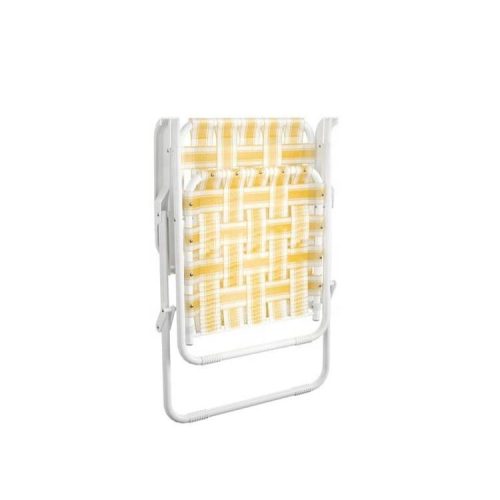Chair webbing comes in various materials and designs, each with its own set of features that contribute to the comfort, support, and overall appearance of the chair. Here are the key features to consider when evaluating different chair webbing options:
- Material:
- Different materials, such as nylon, polypropylene, jute, elastic, and rubber, offer varying levels of durability, flexibility, and comfort.
- Choose a material that suits the intended use of the chair and matches the overall design aesthetic.
- Durability:
- The durability of the webbing material determines how well it will hold up under regular use and over time.
- Synthetic materials like nylon and polypropylene tend to be more durable than natural fibers like jute.
- Strength:
- The strength of the webbing impacts how much weight and pressure it can handle without stretching or breaking.
- Nylon and polypropylene webbing are known for their high strength and load-bearing capacity.
- Elasticity/Flexibility:
- Elastic and rubber webbing provide a slightly springy and flexible seating experience, adding comfort to the chair.
- While these materials might not be as strong as others, they offer a unique level of support.
- Comfort:
- The choice of webbing can affect the overall comfort of the chair. Elastic and rubber webbing, for example, can provide a more cushioned and cozy feel.
- Weave Pattern:
- The weaving pattern affects the look and design of the chair. Woven, herringbone, basketweave, and other patterns offer varying visual effects.
- Different patterns can complement different styles of chairs, from traditional to modern.
- Ease of Installation:
- Some webbing materials might be easier to install than others, depending on their flexibility and how they are attached to the chair frame.
- Maintenance:
- Consider how easy the webbing is to clean and maintain. Some materials are more resistant to stains, moisture, and UV rays than others.
- Aesthetics:
- The appearance of the webbing contributes to the overall look of the chair. Choose a material and pattern that enhances the chair’s visual appeal.
- Indoor vs. Outdoor Use:
- If the chair will be used outdoors, opt for webbing materials that are resistant to moisture and UV rays, such as polypropylene.
- Cost:
- Different materials come at different price points. Consider your budget when choosing the webbing material.
- Customization:
- Some webbing materials can be easily dyed or painted, allowing for greater customization of the chair’s appearance.
- Sound:
- Depending on the material, webbing can produce different levels of sound when someone sits or moves on the chair. Consider this if noise is a concern.
When selecting chair webbing, it’s important to balance these features based on your preferences and the specific requirements of the chair. Consider the chair’s intended use, the surrounding décor, and the level of support and comfort you desire to make an informed decision.


